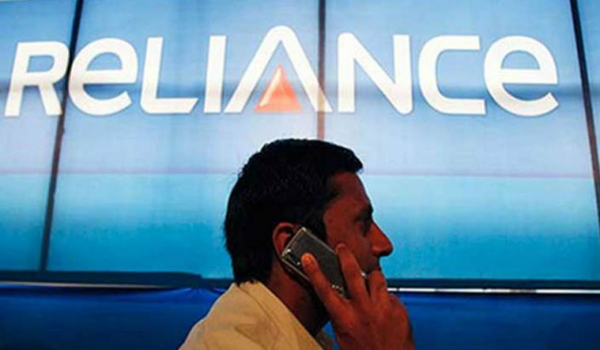Reliance invests $125 billion in capex over the past decade. These were Ambani's top priorities
Compared to the longer turnaround periods that characterize hydrocarbon and telecommunications investments, retail and new energy projects have shorter start-up
- by B2B Desk 2024-04-01 06:28:30
According to a recent report, Reliance Industries Limited has made significant investments exceeding USD 125 billion over the past decade, primarily focusing on the expansion of the hydrocarbon and telecom sectors. This wave of investments, included approximately USD 30 billion between FY13-18 to enhance the scale and competitiveness of its oil-to-chemicals (O2C) business, and nearly USD 60 billion between FY13-24E in 4G/5G capabilities for its telecom business. The business is now moving into the less capital-intensive venture stage.
With the completion of the 5G rollout across India and potential tariff increases in the telecom sector, Reliance's telecom business is poised to become a strong free cash flow (FCF) generator, complementing its existing O2C segment, a source of income. Looking ahead, the group is shifting its focus towards relatively less capital-intensive projects, such as retail and new energy, which offer higher returns and shorter production runs.

Compared to the longer turnaround periods that characterize hydrocarbon and telecommunications investments, retail and new energy projects have shorter start-up timelines. While a refining or petrochemical facility typically takes at least five years to begin operations, a multi-module integrated solar facility can be operational in two years and a retail store can be up and running within 6 to 12 months.
Reliance has invested heavily in capex over the past decade, with most of it going into the oil, gas and telecom sectors. However, the completion of the HCEX and 4G telecom capex cycle, along with the proximity of the end of the accelerated 5G telecom capex cycle, indicates a shift towards lower capex intensity in the coming years.
The report anticipates a peak in capex intensity at USD 17.6 billion in FY23, followed by a sequential easing to USD 11.2 billion by FY26E. Additionally, new business ventures are expected to generate yield returns and achieve faster capex to EBITDA turns.
Reliance's retail business saw significant expansion, with offline footprint doubling during FY21-24E and investments in omnichannel capabilities. The company's entry into the new energy space is planned in two phases, with initial investments focused on initial manufacturing of solar and battery production, followed by a broader deployment phase of solar, electrolyzer, and wind capabilities.
Also Read: SpiceJet settles Rs 755 crore liabilities of lessor

POPULAR POSTS
Loan EMIs to Drop as RBI Slashes Repo Rate - Full MPC December 2025 Highlights
by Shan, 2025-12-05 11:49:44
Zoho Mail vs Gmail (2025): Which Email Platform Is Best for Businesses, Startups, and Students?
by Shan, 2025-10-09 12:17:26
PM Modi Launches GST Bachat Utsav: Lower Taxes, More Savings for Every Indian Household
by Shan, 2025-09-24 12:20:59
$100K H-1B Visa Fee Explained: Trump’s New Rule, Clarifications & Impact on Indian Tech Workers
by Shan, 2025-09-22 10:11:03
India-US Trade Deal Soon? Chief US Negotiator Arrives in Delhi as Talks Set to Begin Tomorrow
by Shan, 2025-09-15 11:54:28
Modi Meets Xi: Trump’s Tariffs, Strategic Autonomy, and the Future of Asia’s Power Balance
by Shan, 2025-09-03 06:40:06
Google Claims Gemini AI Uses Just ‘Five Drops of Water’ Per Prompt, Sparks Debate
by Shan, 2025-08-22 12:34:27
RECENTLY PUBLISHED

Pine Labs IPO 2025: Listing Date, Grey Market Premium, and Expert Outlook
- by Shan, 2025-11-05 09:57:07

The Agentic Revolution: Why Salesforce Is Betting Its Future on AI Agents
- by Shan, 2025-11-05 10:29:23

Top 10 Insurance Companies in India 2026: Life, Health, and General Insurance Leaders Explained
- by Shan, 2025-10-30 10:06:42

OpenAI Offers ChatGPT Go Free in India: What’s Behind This Big AI Giveaway?
- by Shan, 2025-10-28 12:19:11

Best Silver Investment Platforms for 2025: From CFDs to Digital Vaults Explained
- by Shan, 2025-10-23 12:22:46





 Subscribe now
Subscribe now 